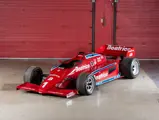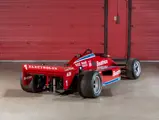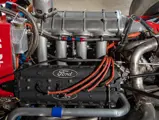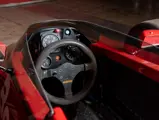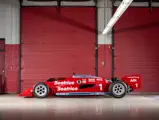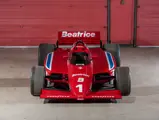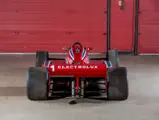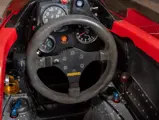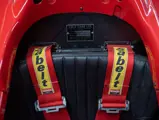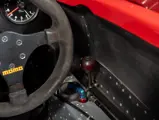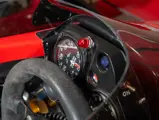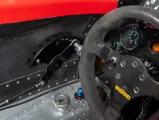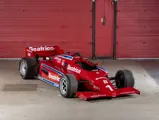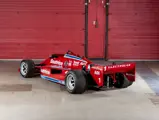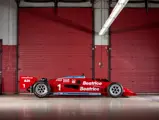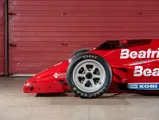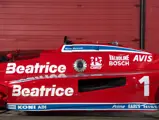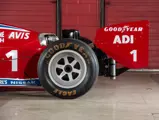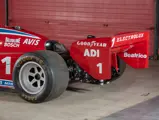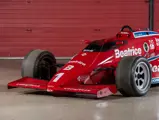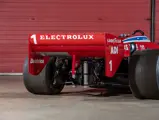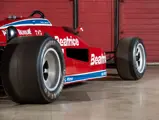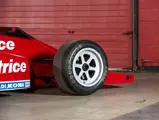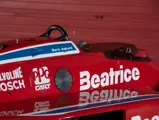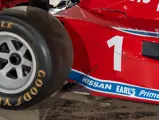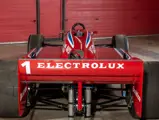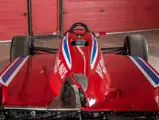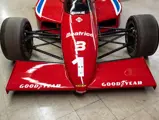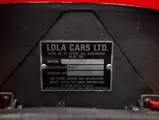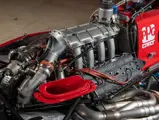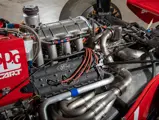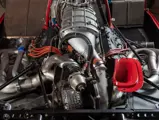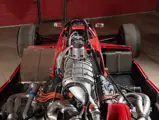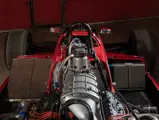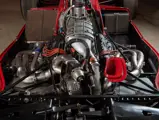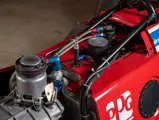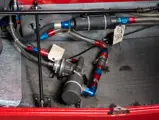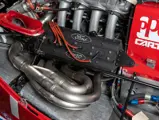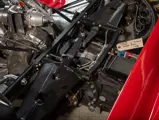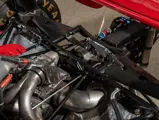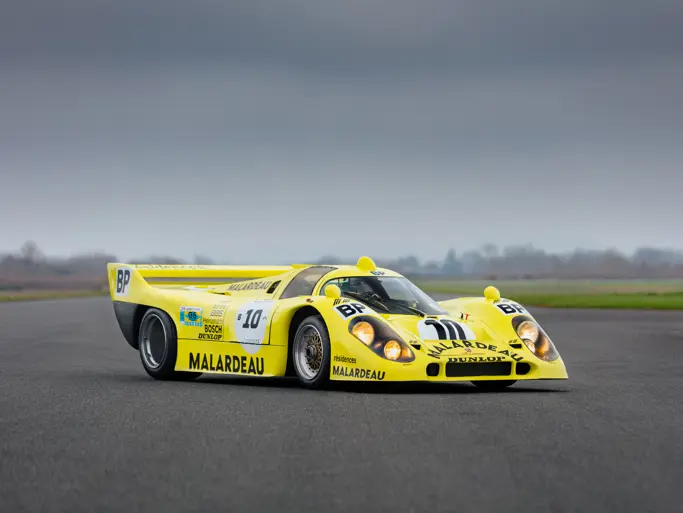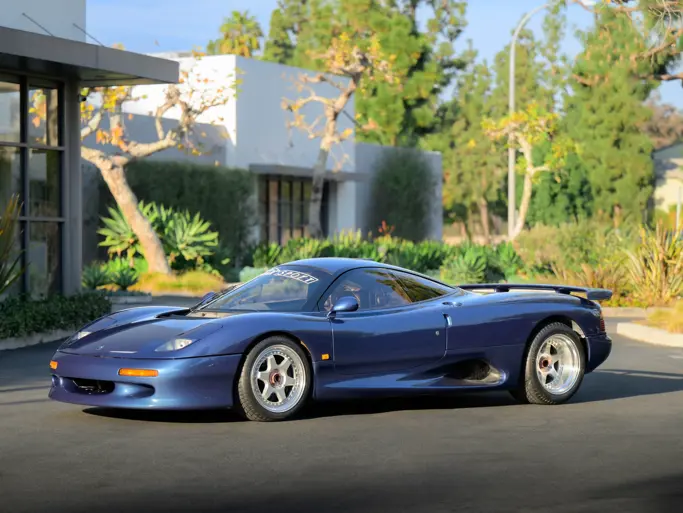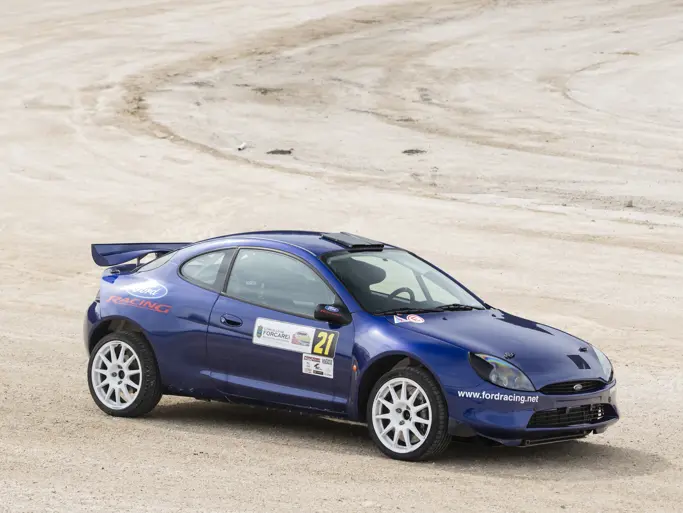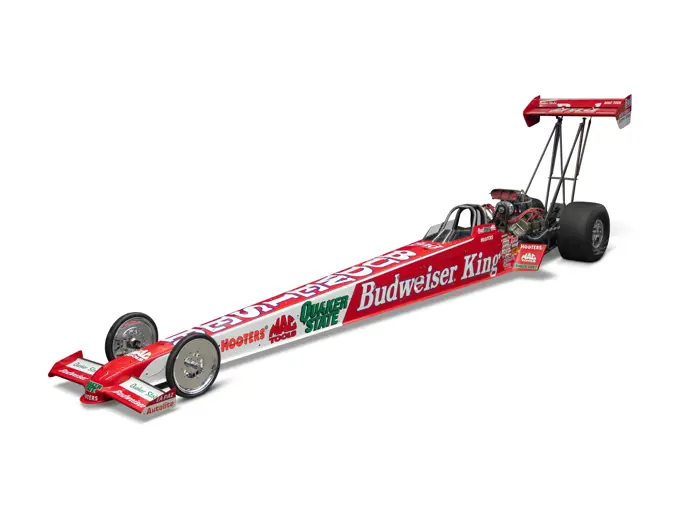The House That Newman/Haas Racing Built
1985 Lola-Cosworth T900
{{lr.item.text}}
$201,600 USD | Sold
 | Lincolnshire, Illinois
| Lincolnshire, Illinois
{{internetCurrentBid}}
{{internetTimeLeft}}

- The Newman/Haas Racing challenger for the 1985 CART PPG IndyCar World Series
- Piloted by the legendary Mario Andretti
- Equipped with a turbocharged 2.65-liter Cosworth DFX V-8
- Three race wins and two additional podiums achieved by the team in the 1985 season
- One of 22 examples built
MARIO ANDRETTI’S 1985 SEASON
Coming off a championship-winning season in 1984, Mario Andretti’s incredible form continued through the first four rounds of the 1985 season. Opening with the Toyota Grand Prix of Long Beach, the racing legend cemented his mastery of the California street circuit once again by securing his third victory at the event. Sweetening the champagne in victory lane, additional bonus points for leading the most laps and securing pole position secured a complete lead of the championship.
That year, the 69th running of the Indianapolis 500 proved to be one for the history books. Mario built momentum over the month of May, setting a time of 214 mph during practice and making him a favorite for the pole. Unfortunately, top honors were laid upon Pancho Carter, leaving Mario on the inside of row two. When the green flag waved, Bobby Rahal darted to the lead with Andretti in hot pursuit. The rate of attrition amongst the frontrunners during the first stage of the race gave Mario a promising lead. Yet Danny Sullivan in his Penske car began to gain ground on Mario and, just past the halfway point of the race, he pulled up behind Andretti. Diving low into turn one, Sullivan made the pass, but the rear end of the car snapped entering the short chute. Keeping his composure through a 360-degree spin, Sullivan was able to avoid the wall and continue on the race course. Both competitors screeched into the pits soon after.
The battle continued after a caution period, and Sullivan repeated his dive into turn one. This time the move stuck, and he charged ahead to take the win. Though Andretti led 107 laps of the race, Sullivan’s famous “spin and win” gave him the glory, while Mario’s second Indy 500 win remained elusive.
Rebounding from the loss, Mario went on to win the next two races at the Milwaukee Mile and Portland International Raceway, further increasing his championship lead. Unfortunately, at the Michigan 500, he suffered one of the worst crashes of his career with less than 10 laps to go in 3rd place. Andretti was sent to the hospital with a broken hip, collarbone, and four ribs. The champion would struggle for the rest of the season, competing with immense pain, and by the final event, he had slipped down to 5th in the championship standings. What began as a promising championship run turned into one of the toughest seasons of Mario’s long and storied career due to poor luck and injury.
THE LOLA T900
After winning the previous year’s championship, an evolution of the T800 resulted in Lola’s T900 for the 1985 season. The newer car was stiffer and featured revised aerodynamics for regulations designed to reduce speeds on the high-speed ovals throughout the calendar. In addition, new safety regulations called for improved frontal protection for the drivers, resulting in longer and more robust nose cones.
The racecar was composed of a honeycomb aluminum lower section bonded to a molded upper Kevlar honeycomb composite top section for weight saving and simplicity. Up front was a pull-rod suspension with unequal-length double wishbones, while the rear arrangement of double wishbones with outboard-mounted springs kept clear of the venturi tunnel. AP four-piston calipers clamped ventilated discs through separate front and rear master cylinders. To meet the demands of the various disciplines, a high-downforce specification was available for short ovals, road courses, or street circuits. For the superspeedways, the setup included low-drag wings worked to slice through the air.
A Cosworth DFX turbocharged V-8 engine served as the heart of the racecar and was reported to produce approximately 700 horsepower with alcohol fuel. An example of this impressive engine is fitted to this chassis today.

